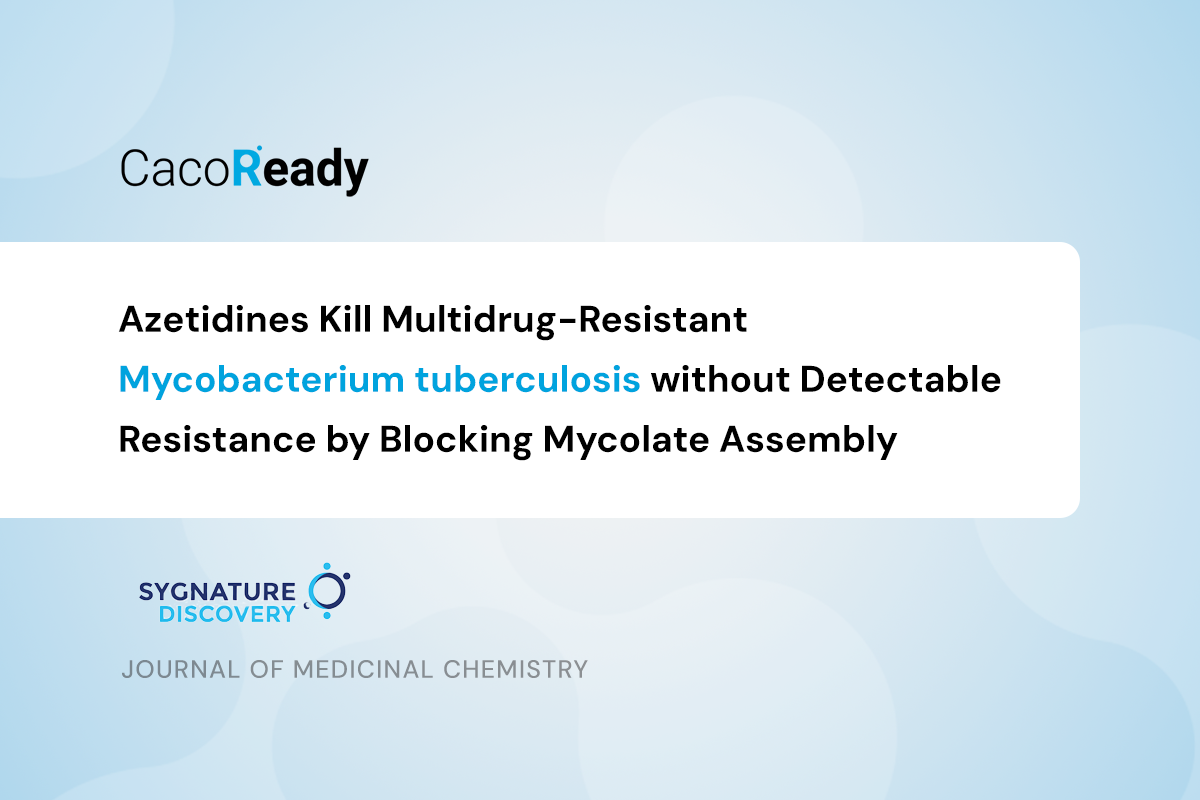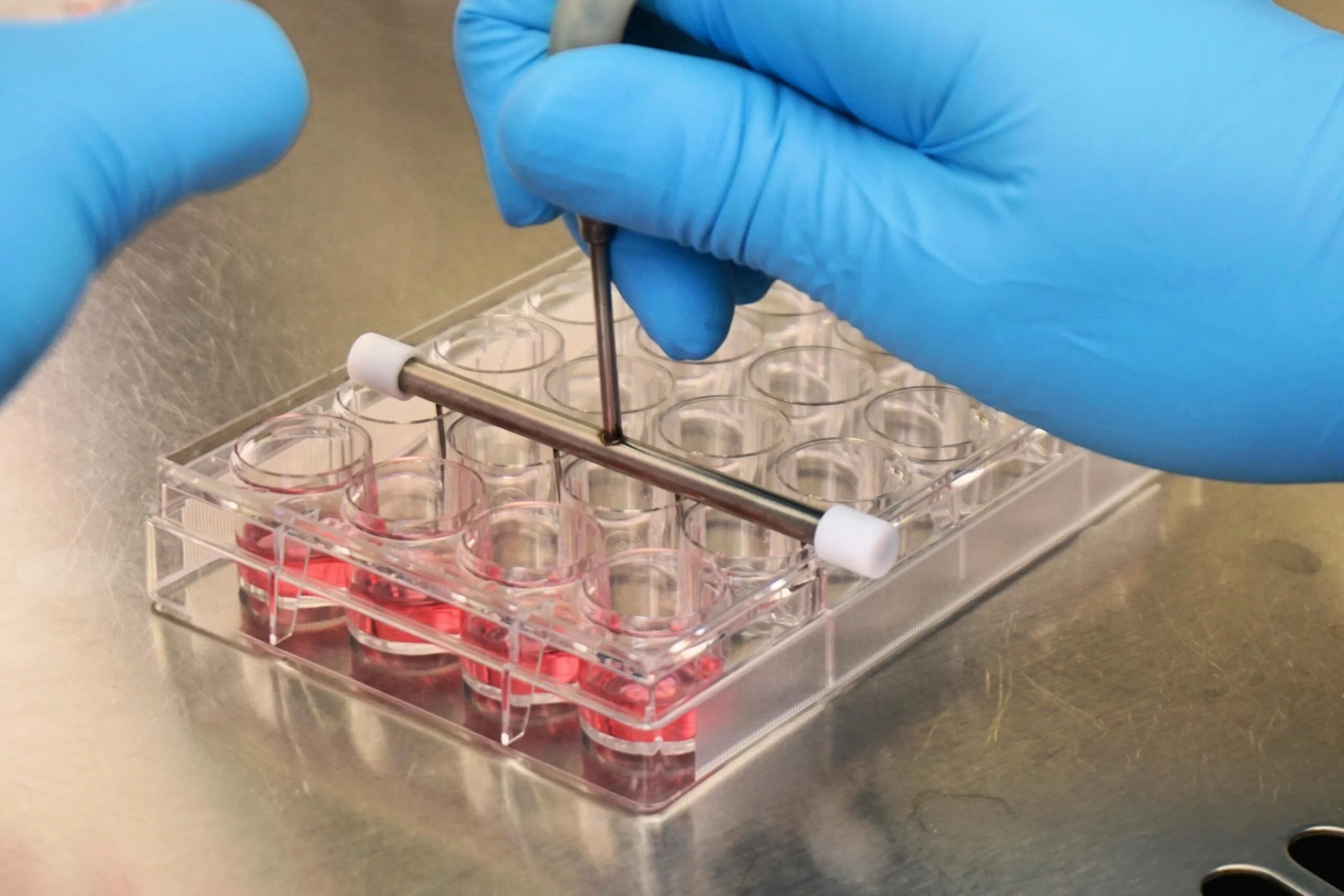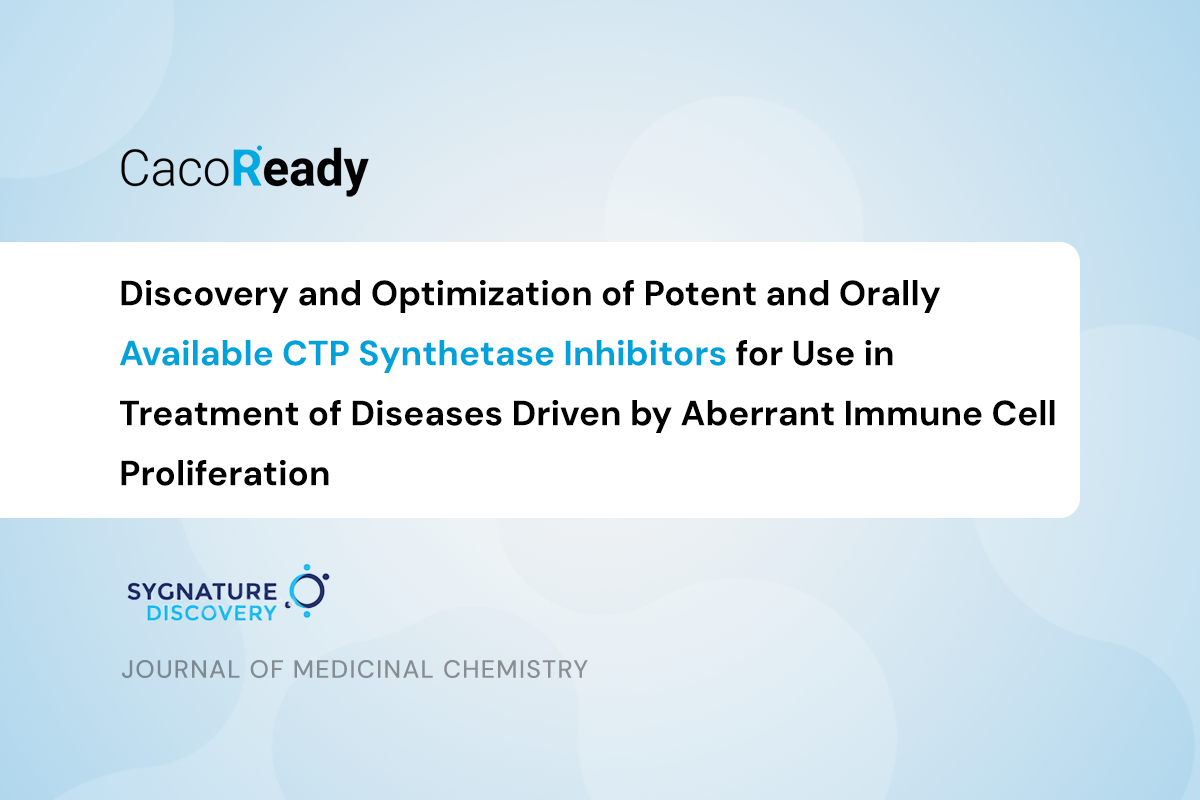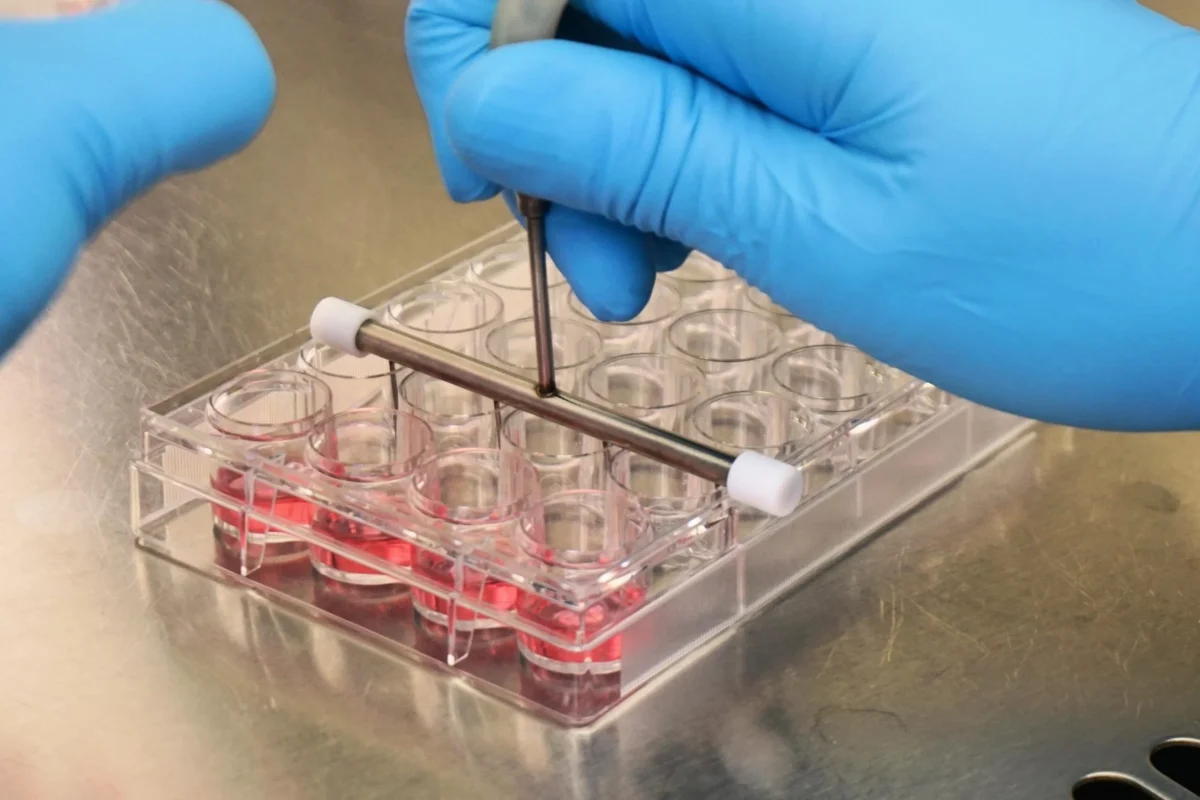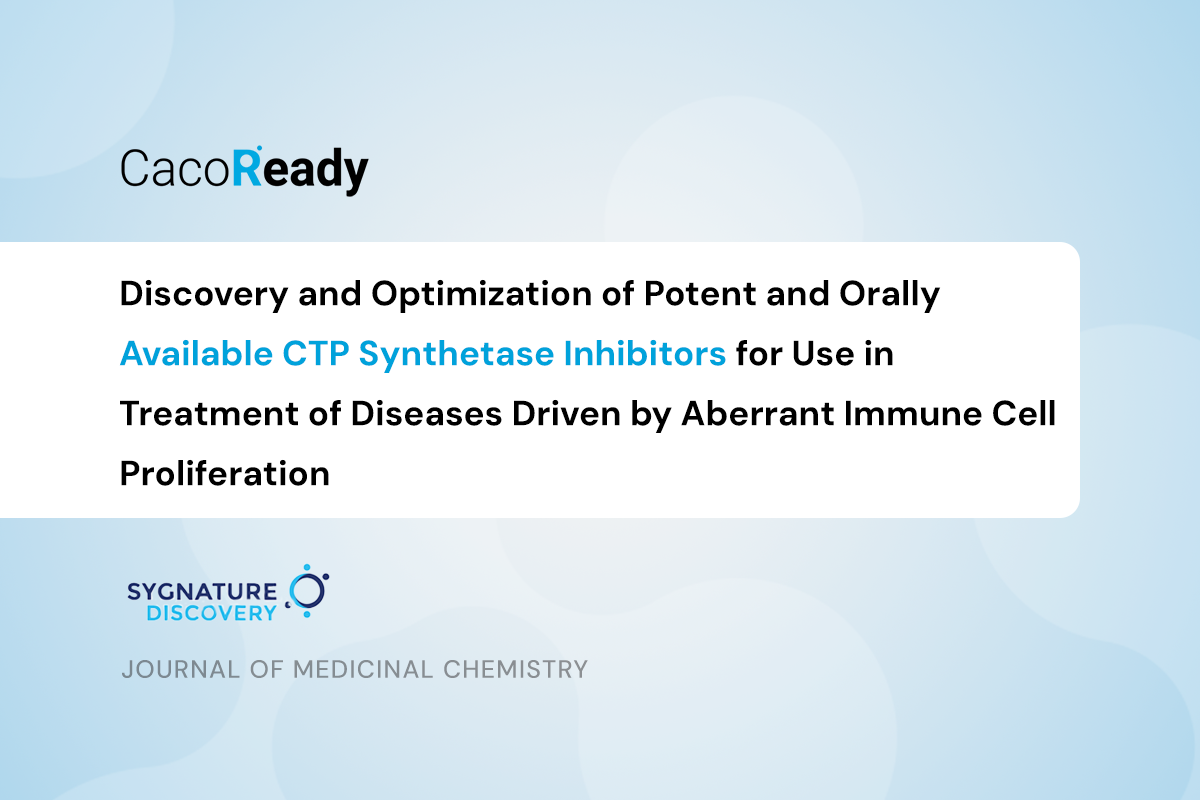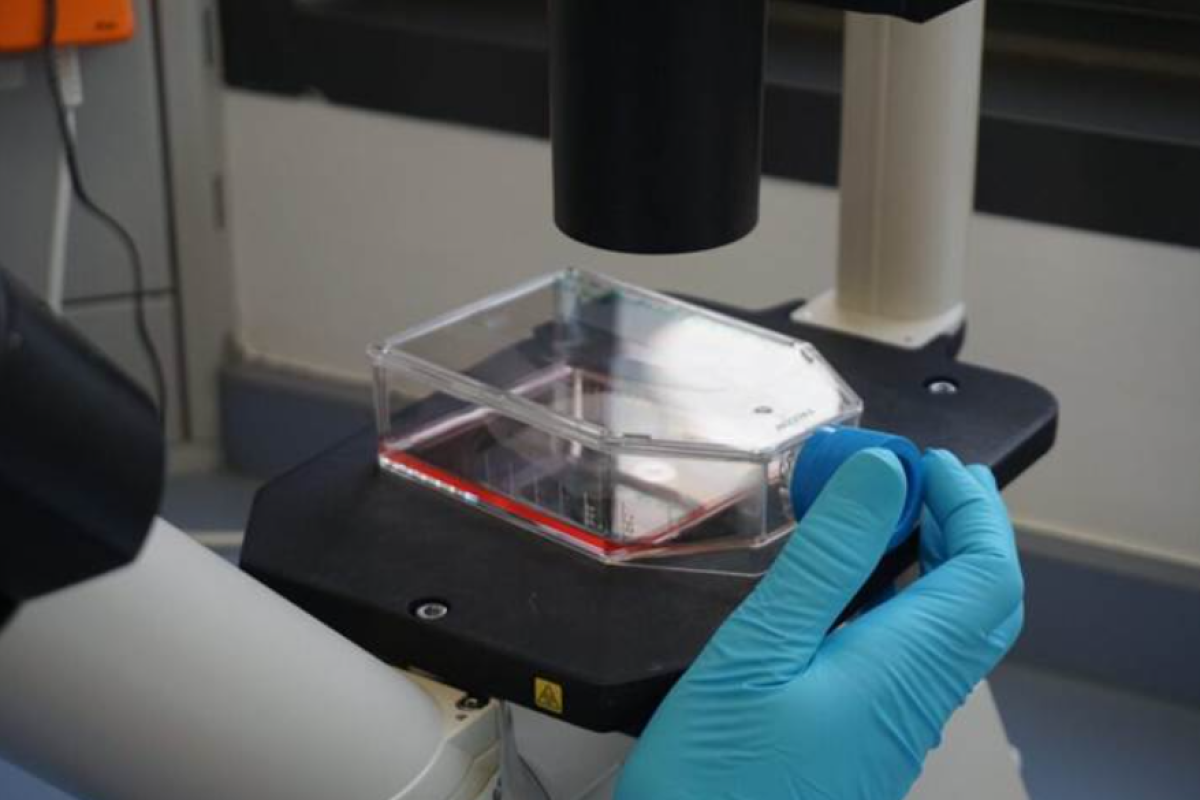A study published in the Journal of Medicinal Chemistry highlights the discovery of a series of azetidine derivatives, known as BGAz compounds, that exhibit potent bactericidal activity against both drug-sensitive Mycobacterium tuberculosis (M. tuberculosis) and multidrug-resistant tuberculosis (TB) strains. The study provides an exciting breakthrough in the fight against drug-resistant tuberculosis.
The global challenge of tuberculosis
Tuberculosis remains a significant global health concern, with over 10 million new cases reported annually and 1.25 million deaths attributed to the disease in 2024. The rise of multidrug-resistant TB is a major challenge to effective treatment strategies, underscoring the urgent need for innovative solutions to combat this infectious disease.
Azetidines, a class of compounds known for their potent bactericidal activity, have emerged as a promising solution. These compounds have demonstrated remarkable efficacy with minimal inhibitory concentration (MIC) values below 10 μM, showing no detectable drug resistance. Their action involves interfering with the late-stage biosynthesis of mycolic acid, a key process in the formation of the mycobacterial cell envelope. Additionally, transcriptomic analysis revealed that the BGAz compounds work through a distinct mechanism compared to existing mycobacterial cell wall inhibitors.
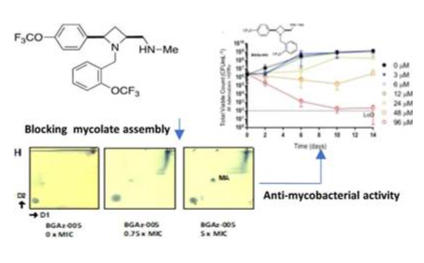
The role of DMPK in pharmaceutical research
Drug Metabolism and Pharmacokinetics (DMPK) science is essential in advancing pharmaceutical research and development. By providing valuable insights into the absorption, distribution, metabolism, and excretion (ADME) of drug candidates, DMPK helps optimize their pharmacokinetic properties, improve efficacy, and minimize adverse effects. This ultimately leads to the development of safer and more effective therapeutics.
In this study, the use of CacoReady plates was key in evaluating the transport properties of the azetidine compounds. A 96-transwell permeable system with a differentiated and polarized Caco-2 cell monolayer was employed to assess drug transport across the membrane in both apical-to-basolateral and basolateral-to-apical directions. The data obtained provided crucial insights into the permeability coefficients and efflux ratios of the compounds, which are vital for understanding their transport mechanisms.
Key Findings
- With favorable toxicology and pharmacokinetic profiles, the azetidine compounds hold significant promise for further development as anti-tubercular therapies.
- This groundbreaking research signifies a notable advancement in pursuing effective treatments against drug-resistant TB.
- The findings offer renewed hope for enhanced outcomes in the global fight against this infectious disease.
Read the article here: Cui Y, Lanne A, Peng X, et al. Azetidines kill multidrug-resistant Mycobacterium tuberculosis without detectable resistance by blocking mycolate assembly. J Med Chem. 2024;67(4):2529-2548. doi:10.1021/acs.jmedchem.3c01643.



